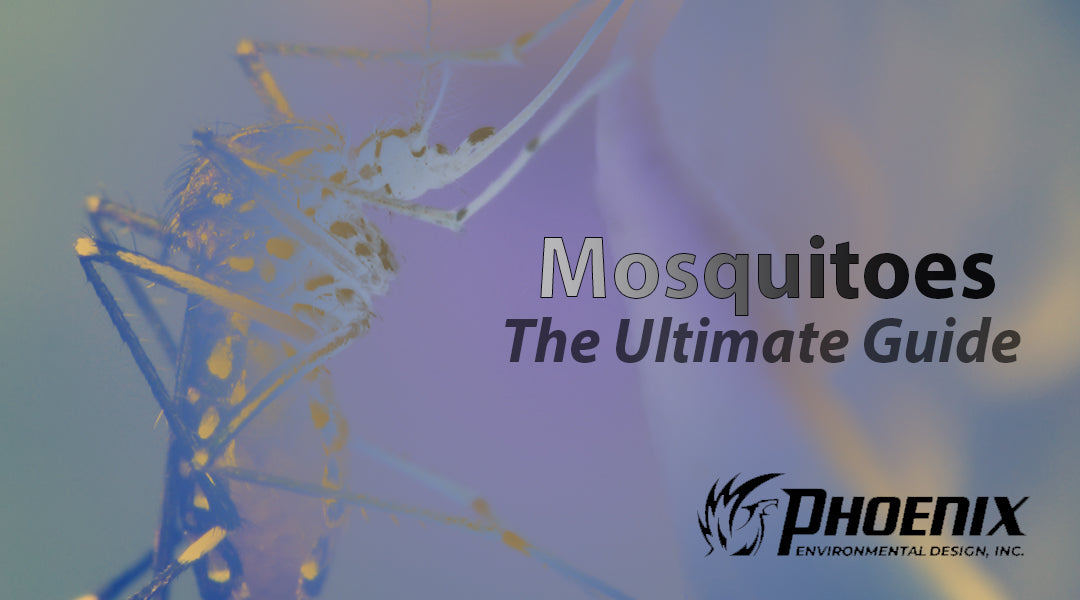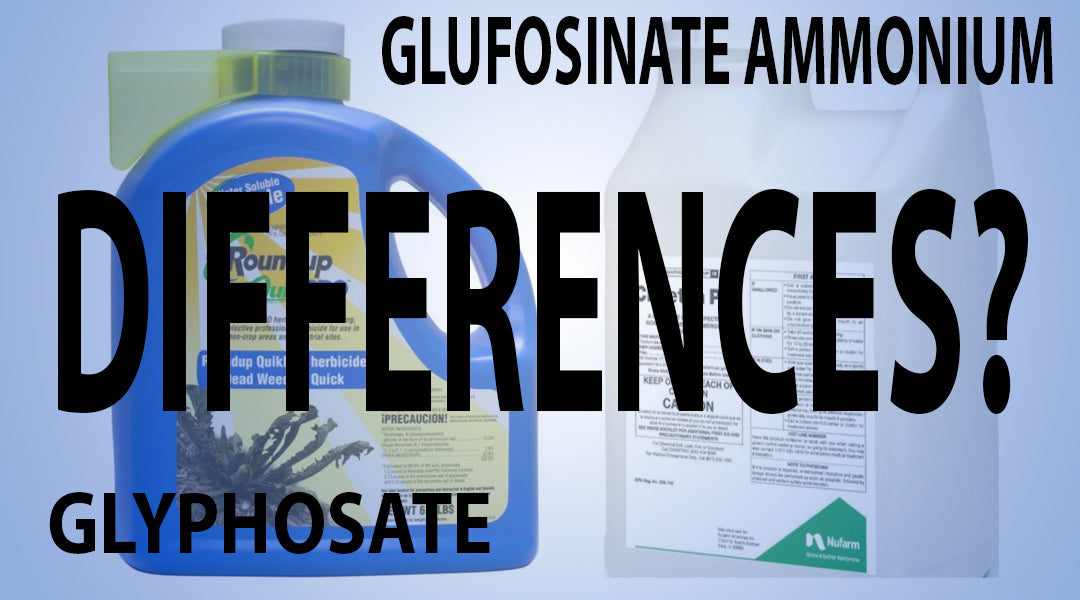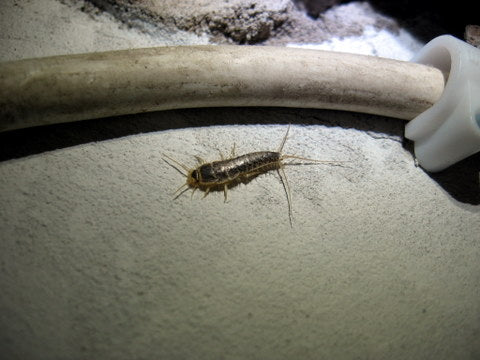Lawns, turf grasses and ornamental beds should get their nutrition from the soil. However, the presence of weeds make it hard for the lawn to grow and thrive and turns them into such a bad shape that they are no longer able to survive. We need to prevent this from happening with pre-emergent herbicides. How much to use is a matter of the extent of the weed problem as well as the health of the soil.
With that being said, most pre-emergent herbicides are not meant to control weeds after germination. This means the herbicides should be applied before the weeds germinate. Weeds that are already growing should be eliminated by hand or with the use of post-emergent herbicides. A pre-emergent herbicide without weeds in place can maintain the space free of weeds for a long time.
Microorganisms help break down herbicides in the soil. This mechanism happens faster during warm temperature which means applying herbicides during the fall season results in longer residual weed control compared to spring or summer application. A few pre-emergent herbicides can be used for newly emerged weeds. These types of herbicide are more beneficial than compounds that are only meant for pre-emergence activity. The herbicides that function as both post-emergent and pre-emergent compounds include dichlobenil, atrazine and oxyfluorfen.
When To Use Pre-emergent Herbicides

With that being said, most pre-emergent herbicides are not meant to control weeds after germination. This means the herbicides should be applied before the weeds germinate. Weeds that are already growing should be eliminated by hand or with the use of post-emergent herbicides. A pre-emergent herbicide without weeds in place can maintain the space free of weeds for a long time.
Microorganisms help break down herbicides in the soil. This mechanism happens faster during warm temperature which means applying herbicides during the fall season results in longer residual weed control compared to spring or summer application. A few pre-emergent herbicides can be used for newly emerged weeds. These types of herbicide are more beneficial than compounds that are only meant for pre-emergence activity. The herbicides that function as both post-emergent and pre-emergent compounds include dichlobenil, atrazine and oxyfluorfen.
Pre-emergent Herbicides For Turf And Landscape Beds

Winter Weed Control
Winter weed control is possible when pre-emergent herbicides are applied in the fall season. Winter annuals begin to germinate in the early September when the temperature begins to cool. However, different regions may have slightly different time of the year when cool down begins and the weeds germinate.Understanding when a particular type of weed germinates is an important task to determine which pre-emergent herbicide is well-suited for the application. Germination occurs through fall and early winter. Germination also takes place during the months of December, January and February when the outside temperature is near or below freezing point. A second round of germination takes place in March and April for winter annuals. These annuals flower in the spring and die off when the temperature begins to raise. Perennial weeds such as buckhorn plantain and dandelion typically germinate in the late fall or early spring. Examples of winter annuals that tend to grow out of control include vetch, speedwells, common chickweed, henbit and bittercress. Horseweed is a winter annual that germinates during the fall but makes its presence obvious only during the spring.
Summer Weed Control
When pre-emergent herbicides are applied in the fall, summer annual weeds can be easily controlled. By applying early in the season, and in cool conditions, the duration of soil activity can be increased. As long as there is no snow cover or the ground is not frozen, soil activities continue to take place throughout the fall and into the spring and early summer. Additionally, applying pre-emergent herbicides during the fall when there is frequent rain and snow can help activate the herbicides as well. On the flip side, high soil temperature decreases the longevity of herbicides.A single application of herbicides during the fall season will not last through the end of the summer. Therefore, you will need to make a second application, either in the late spring or early days of the summer season. All in all, applying herbicides during the fall will let you have enough time in the spring to tend to this task.
In summary, if your goal is winter weed control, pre-emergent herbicides should be applied during August or early September. If the goal is summer weed control, apply the compounds later in the fall between September and November.
Broadleaf Control in Lawns - Fall Applications

- Because these herbicides are used after the weeds have germinated, the lawn will contain brown patches since the emerged weeds die. This condition could have been totally prevented with pre-emergent herbicides.
- Applying 2,4-D or related products later during the weed's growth cycle could prove ineffective as the weeds may have already produced viable seed for further infestation.
- Since 2,4-D and related products are known to have short residual activity, more than one applications may be necessary in order to control broadleaf weeds.
- Landscape beds containing broadleaf ornamentals may be injured by these herbicides, so you may need to exercise caution.
Note that, many pre-emergent herbicides are also designed to use for post-emergence activity without harming or injuring ornamentals. This is another reason why lawn-service professionals use the same batch of herbicides they bought for pre-emergent weed control.
Additionally, some pre-emergent herbicides have the ability to control certain annual grassy weeds, such as goosegrass, crabgrass and annual bluegrass. Collectively, they are called "crabgrass preventers". These include benefin, prodiamine, bensulide, oryzalin, pendimethalin, oxadiazon, trifluralin, dithiopyr and DCPA. Preventers can also control broadleaf weeds from seed to some extent. For example, chickweed can be controlled by DCPA, dithiopyr and dinitroaniline if they are applied before the emergence of the weed whereas Henbit can be controlled by crabgrass preventers. However, they cannot control all types of broadleaf weeds from seed. Controlling dandelion, wild mustard and buckhorn plantain is a hit or miss with crabgrass preventers. Any successful elimination should be considered a bonus.
Pre-emergent herbicides such as atrazine, metribuzin and simazine can be used for dormant summer turfgrasses. These herbicides control a wide range of annual broadleaf weeds such as henbit and common chickweed. However, cool-season grasses may get injured from these herbicides. The label will tell the time of application and what species of turfgrass will benefit from their application.
One of the pre-emergent herbicides that have multiple benefits is isoxaben. It is safe for a number of warm and cool-season turfgrasses and can control a wide variety of annual broadleaf weeds such as bittercress, common chickweed, henbit and sowthistle. Perennial broadleaf weeds such as buckhorn plantain, dandelion and white clover can also be prevented from germinating with this herbicide. A direct post-emergent application of a 2.4-D combination herbicide will help you control the already germinated broadleaf weeds and dandelions. Any remaining weeds can be removed with isoxaben.
Ornamental Beds - Fall Applications

- Herbicides such as DCPA, prodiamine, oryzalin, pendimethalin, trifluralin, napropamide or DowElanco's XL (benefin + oryzalin) are best suitable for annual and herbaceous perennials. These herbicides should be applied in fall, and some of them are sold in both sprayable and granular forms. The granular form, however, is the preferred variety as sprayable versions can sometimes stunt growth or inhibit flower production of annuals. The labels will specify which species of weeds can be treated with a certain herbicide. You can apply these herbicides for annuals but only after transplanting. Do not apply on seeded annuals.
- Herbicides can be harsh on herbaceous plants but tolerable to woody ornamentals. For instance, products containing oxyfluorfen as well as oxadiazon may burn plant foliage, such as that of tulips and other perennials that emerges through the soil. On the other hand, you can apply them on woody ornamentals as they are herbicide-resistant.
- Ornamental Herbicide II, Rout and Snapshot can control a wide range of annual weeds as they are made of broadleaf and grass herbicides. Oxadiazon coupled with another herbicide can be used to control common chickweed.






Leave a comment (all fields required)